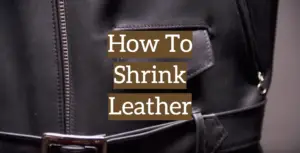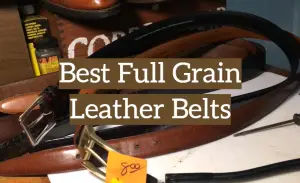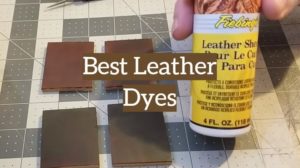
Leather, a timeless material renowned for its durability and aesthetic appeal, comes in various grades. Each grade has its unique characteristics, which largely determines its use, quality, and price. This article aims to demystify the various grades of leather: Full-grain, Top-grain, Split-grain, Genuine, and Bonded leather.
Full-Grain Leather
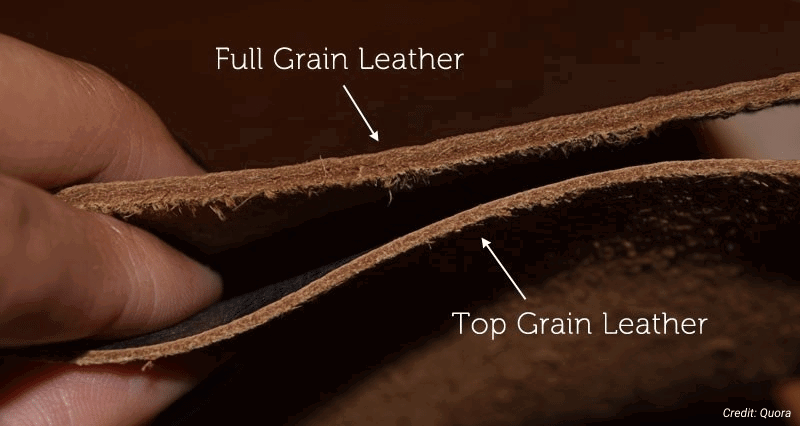
Arguably the king of all leather grades, Full-Grain Leather is the highest quality leather available. Here’s what you need to know:
- Origin & Processing: Derived from the topmost layer of the hide, it includes all the grain, hence its name. It remains unaltered, retaining all its natural marks and blemishes.
- Characteristics: Full-Grain Leather is known for its strength, durability, and breathability. Over time, it develops a rich patina, enhancing its beauty and value. Its fibers are tight-knit, making it resistant to moisture and water damage.
- Uses: Due to its high quality, it’s commonly used for luxury items like high-end leather jackets, boots, and premium leather goods.
Top-Grain Leather
A close contender to Full-Grain, Top-Grain Leather is the second-highest quality of leather.
- Origin & Processing: It originates from the top layer of the hide, but its surface is sanded to remove natural imperfections. Sometimes, an imitation grain is imprinted to give it a more uniform appearance.
- Characteristics: It’s more flexible and thinner than Full-Grain due to its sanding process. While it doesn’t age as gracefully as Full-Grain, it still boasts considerable durability.
- Uses: Top-Grain leather is often found in high-end leather goods, including handbags and wallets, where a smoother finish is desired.
Split-Grain Leather
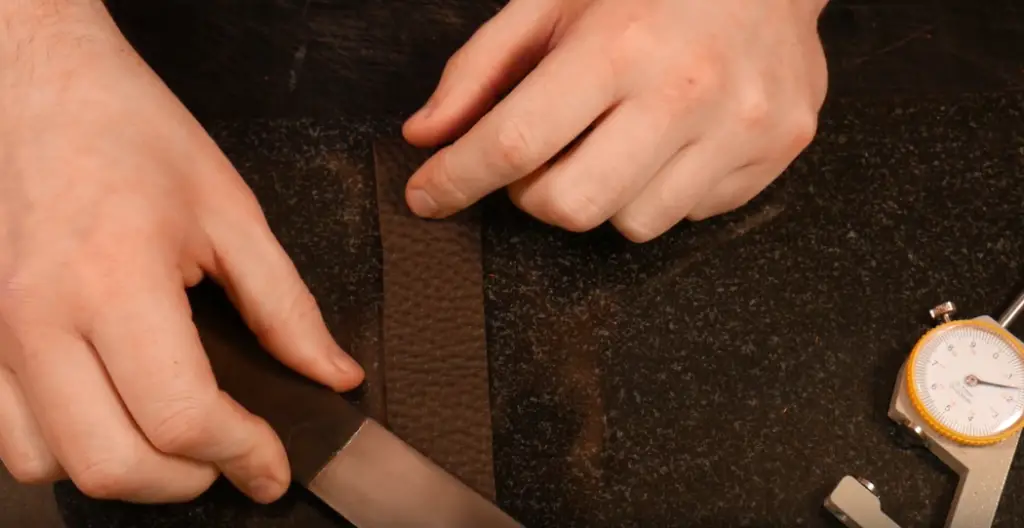
Not to be confused with Top-Grain, Split-Grain Leather comes from the layers beneath.
- Origin & Processing: When the top grain is separated from the hide, the remaining part is the split leather. It might be further divided into layers and often gets an artificial layer or coating to resemble a more natural appearance.
- Characteristics: It lacks the natural grain, making it less durable and breathable than its top-grain counterpart. However, it’s softer and more pliable.
- Uses: Given its properties, it’s primarily used for making items where flexibility is essential, like inner linings of belts or bags.
Genuine Leather
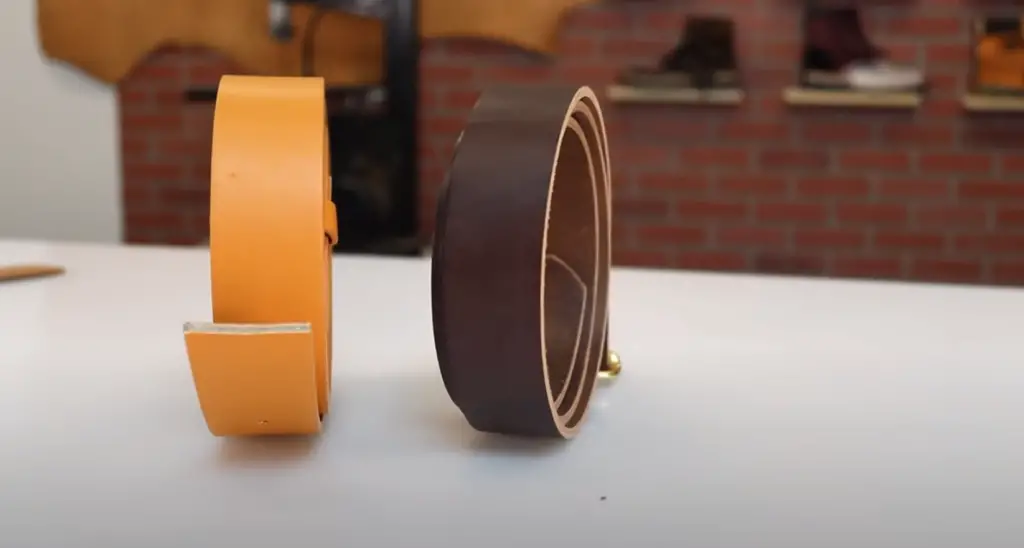
While the name may sound promising, Genuine Leather is a grade lower than the aforementioned types.
- Origin & Processing: Genuine Leather is crafted from the remaining layers of the hide once the higher grades are separated. It’s then refinished to emulate a higher-grade appearance.
- Characteristics: It’s softer and less durable than both Full and Top-Grain leathers. Over time, products made of Genuine Leather tend to wear out faster and may not age as gracefully.
- Uses: It’s commonly found in products where leather quality isn’t the primary selling point, like some belts or low-cost bags.
Bonded Leather
The lowest grade in the hierarchy, Bonded Leather, is quite different from the rest.
- Origin & Processing: As the name suggests, Bonded Leather is formed by bonding leather scraps and fibers with a binding agent, usually latex or polyurethane. This mix is then embossed with a leather-like texture.
- Characteristics: It’s the least durable form of leather and may peel or flake over time. While it has the appearance of leather, it lacks its strength and longevity.
- Uses: Bonded Leather is commonly used for making books, accessories, or furniture where the aesthetic of leather is desired without the associated cost.
Summary Table
| Leather Grade | Durability | Natural Grain | Typical Uses | Quality Ranking |
|---|---|---|---|---|
| Full-Grain | Very High | Yes | Luxury goods, high-end boots, jackets | 1st |
| Top-Grain | High | No (Sanded) | Handbags, wallets | 2nd |
| Split-Grain | Medium | No | Inner linings | 3rd |
| Genuine | Low | No | Low-cost bags, some belts | 4th |
| Bonded | Very Low | No (Artificial) | Books, some accessories, budget furniture | 5th |
How to Differentiate These Leather Types:
1. Touch & Texture: Full-Grain feels dense and rugged, while Genuine Leather has a smoother, sometimes plasticky feel. Bonded leather might also have an unnatural smoothness.
2. Imperfections: Natural markings are prominent in Full-Grain but absent in Top-Grain due to sanding. Genuine and Bonded leathers won’t showcase any natural hide marks.
3. Smell: A strong, authentic leather aroma is indicative of Full and Top-Grain. Genuine and Bonded leathers may lack this characteristic scent.
4. Price: Full-Grain products are usually more expensive due to their quality, whereas Bonded leather items are relatively cheap.
5. Water Absorption: Try dropping a small amount of water. Full-Grain tends to absorb it quicker due to its breathability, while the others might repel or not absorb as fast.
By using these guidelines, you can confidently differentiate between the various leather grades, ensuring you make an informed purchase. Remember, knowledge is power, especially when investing in leather goods.

